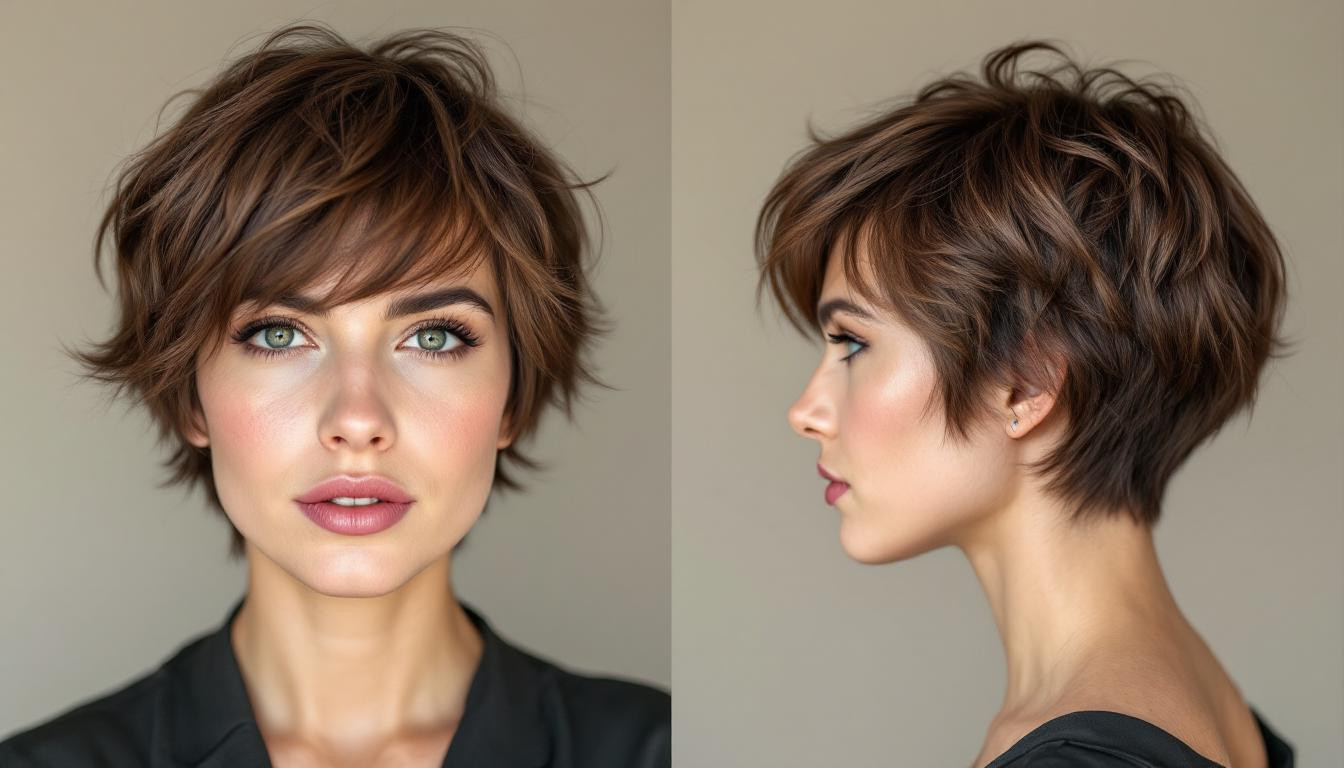Experiencing hair loss during chemotherapy is a challenging journey, but the regrowth phase offers new hope as we move into Spring 2025. While each person’s regrowth journey is unique, understanding how to nurture and style your returning hair can make this transition more empowering and positive.
Understanding the post-chemotherapy hair regrowth timeline
As the flowers bloom this May, many cancer survivors are also witnessing their own personal renewal. Post-chemotherapy hair regrowth typically follows a predictable pattern, though the timing varies for each individual. According to medical research, most patients notice the first signs of growth within 3-6 weeks after completing treatment.
“The initial regrowth is often a soft, fine fuzz that gradually transforms into more substantial hair over several months,” explains Dr. Miranda Chen, oncology specialist at Memorial Sloan Kettering. “By the 3-month mark, patients typically have about an inch of new growth, which continues to develop in both density and texture.”
Spring 2025 gentle scalp treatments for optimal regrowth
As we embrace warmer weather, your scalp deserves special attention to encourage healthy regrowth. Consider these gentle treatments to nurture your emerging hair:
- Mild, pH-balanced cleansers (ideally with a pH of 4.5-5.5)
- Weekly moisturizing scalp masks with natural ingredients
- Gentle scalp massage to stimulate circulation
- Cooling aloe vera applications for sensitive scalps
Using sulfate-free shampoos can make a significant difference in maintaining scalp health. As one survivor discovered in her own journey, switching to gentler cleansers like coco betaine after learning about sulfate dangers can dramatically improve hair quality during regrowth.
Stylish transitional cuts for Spring-Summer 2025
Trichologist Vanessa Rodriguez recommends embracing shorter styles during the regrowth phase: “Short transitional cuts not only look intentional but also allow all hair follicles to catch up to a uniform length, creating the appearance of fuller, more even growth.”
Popular options for Spring-Summer 2025 include:
- Textured pixie cuts with softened edges
- Short, side-parted bobs for added dimension
- Tapered cuts with longer crown sections
For those with naturally fine hair, a side-parted curly bob can add significant volume – particularly beneficial as new growth often appears thinner initially.
Managing texture changes and “chemo curls”
Many survivors are surprised when their hair returns with a different texture or unexpected curls. “Think of your hair follicles as rebooting after chemotherapy,” says Dr. James Wilson, dermatologist specializing in cancer recovery. “Just as a computer sometimes needs reconfiguration after restarting, your hair follicles may produce different patterns initially.”
For those experiencing new curls or texture changes, French bob styling techniques can add impressive volume while working with, rather than against, your hair’s new characteristics.
Adapting styles for different age groups
Your ideal regrowth style may vary based on your age and personal style preferences. For those over 60, especially those wearing glasses, specific haircuts can create particularly flattering frames for your face during the regrowth process.
For more mature individuals seeking additional volume, embracing natural gray with volumizing styles can create stunning results during the regrowth phase.
The emotional journey of hair regrowth
Hair regrowth represents more than just physical recovery – it’s often an emotional milestone. “My patients describe watching their hair return as witnessing their bodies reclaim normalcy,” shares oncology nurse Sophia Martinez. “It’s like watching spring arrive after a long winter – slow at first, then suddenly bursting with new life.”
Remember that patience is your greatest ally during this transition. Your hair is embarking on its own healing journey, and with gentle care and thoughtful styling, you’ll rediscover a connection with your changing image that honors everything you’ve overcome.
